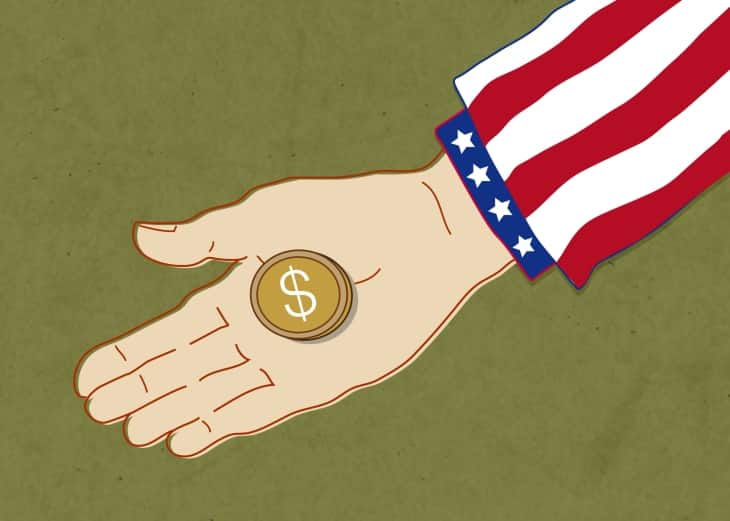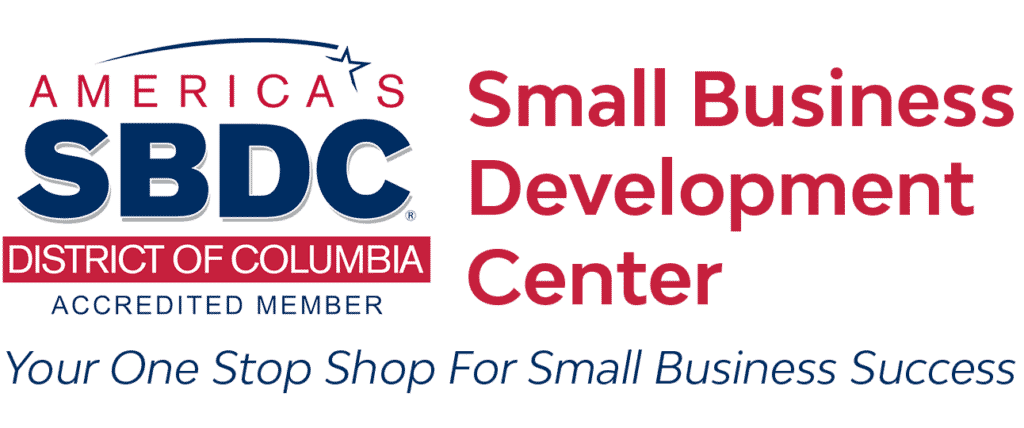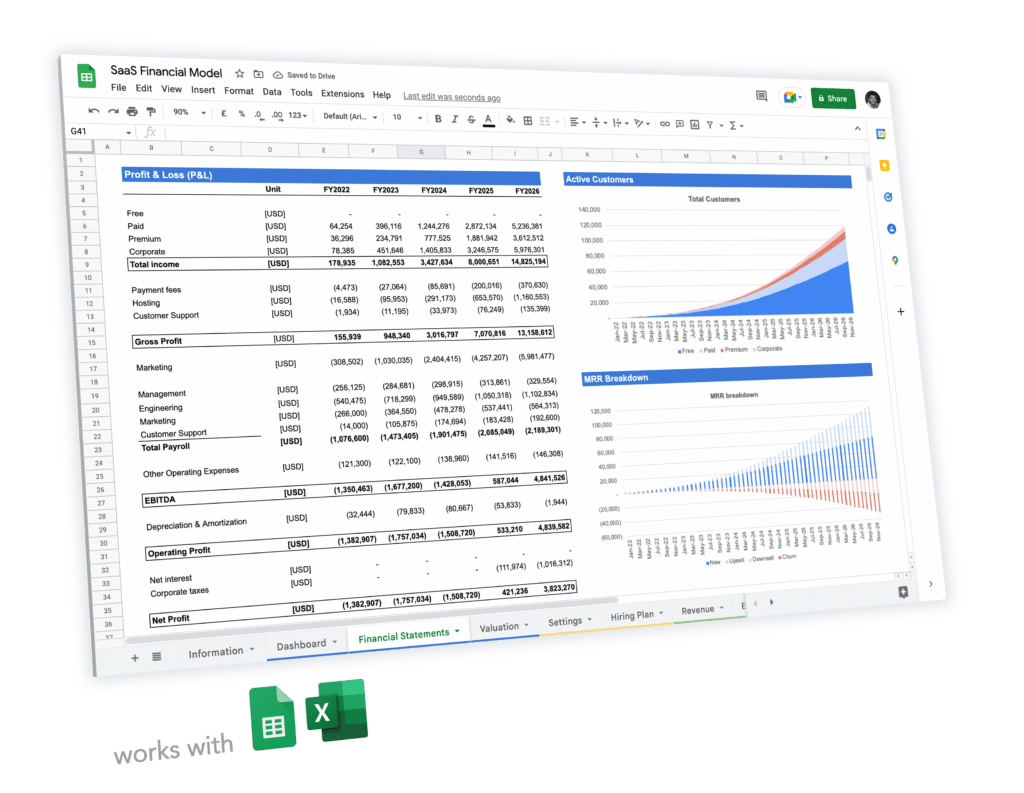Top 6 US Public Grants for Startups [2023]

The US is undeniably one of the most attractive country for entrepreneurs and startups. There are indeed plenty of public grants startups can get to start off or scale up. So, what are the top 6 public grants for startups in the US? Are you eligible? How much can you actually get?
In this article we’ll go through the most common public grants startups in US can receive.
What (Exactly) Is a Startup Grant?
Startup grants are a form of financing whereby private or government-backed institutions provide funding to businesses to promote innovation and growth. Funding is also sometimes provided along with mentorship, advice, and hands-on support.
Grants can either be issued by a private institution (private grant) or, more often, a public body (public grant). Note that in this article we are only focusing on public grants for startups partly because they are far more common vs. private grants.
First, in order to get a public grant, companies need to apply. Then, they must go through a very thorough selection process. Often, only a fraction of businesses get a successful application.
The success rate for obtaining a grant depends on the type of grant (more on that later) and vary from 5-6% (e.g. UK’s flagship SMART grant program) to 25% (SBA loans).
What are the 3 Different Types of Grants?
There are 3 very different types of public grants startups can apply for in the US:
- Grants: government-backed institutions invest in businesses with no strings attached. They are essentially “free money” and the most attractive form of financing a business can get
- R&D tax credit: companies can claim a given percentage of their research & development (R&D) expenses as a tax credit. The R&D tax credit is then used to offset corporate tax expenses (see our article on the R&D tax credit for US companies here)
- Government-backed loans issued by the government itself, or guaranteed by it. The most famous example of these are SBA loans for US startups
The grants are either issued by the US federal government (federal grants) or the state themselves (state grants).
Whilst the most common grants are usually federal grants, they’re also the most competitive ones. So, when looking for which grant you should apply to, make sure to also consider state grants as you’ll likely have far less competition vs. other applicants.
#1: Small Business Innovation Research (SBIR)
The Small Business Innovation Research (SBIR) grant program was created to encourage US small businesses, including startups, to engage in R&D (research & development) projects that federal agencies and government bodies can benefit from.
This federal program is overseen by the U.S. Small Business Administration (SBA), the agency that also support the famous SBA loans (see here how to apply for a SBA loan for your startup).
The SBIR program is divided in 3 phases, each with separate milestones, funding amounts and duration:
- Phase I where businesses establish the technical feasibility and potential commercial reach of the considered R&D project. Usually, Phase I awards range between $50,000 – $250,000 and last 6 months
- Phase II: objective is a continuation of Phase I, if successful. The funding is based on the results obtained post Phase I research work. Typically, awards are about $750,000. Phase II usually lasts 2 years
- Phase III: here businesses seek commercialization and implement a go-to-market strategy based on the results obtained so far. Yet, note that last phase does not involve any follow-on funding. Instead, companies may win contracts from government institutions to start commercialise their products and/or services
Who is eligible?
To apply for a SBIR grant, you must:
- Have a for-profit business incorporated in the United States
- Have less than 500 employees
#2: Small Business Technology Transfer (STTR)
The Small Business Technology Transfer (STTR) program is very similar to the SBIR. Indeed, it’s another federal grant meant to fund SMEs to invest in R&D that federal agencies can benefit from.
Both grant programs are almost similar in every way, except that the STTR requires applicants to work in tandem with a non-profit research institution (only in the first and second phase of the program).
As for the SBIR, STTR also has 3 distinct phases with minor differences when it comes to funding amount and timeline (see more on STTR vs. SBIR here).
Who is eligible?
The eligibility criteria are the same vs. the SBIR. You must:
- Have a for-profit business incorporated in the United States
- Have less than 500 employees
#3: Build To Scale

The Economic Development Administration (EDA) is one of the bureau within the US Department of Commerce.
EDA offers startups and SMEs grants through their Build To Scale (B2S) program. The B2s program hosts 2 competition awards where successful companies receive grant funding:
| Venture Challenge | Capital Challenge | |
|---|---|---|
| Aim | To support high-growth, tech-enabled companies to stimulate innovation and create high-skilled jobs | To increase access to entrepreneurship and equity capital by providing operational support for early-stage investment funds and angel networks |
| Grants | 2 grants, up to: – $750,000 for new projects and companies – $2,000,000 for established and proven programs that need scaling | 2 grants, up to: – $300,000 to educate and connect investors – $750,000 to create, scale and operate equity-based investment funds (VCs) |
If you want to take advantage of this grant opportunity, then contact your local state government for inquiries. EDA grants also help local SMEs to secure office space, and recruit employees.
Who is eligible?
The scope of eligibility is very wide. Indeed B2S program accepts applications from: NGOs, educational institutions, research centers and for-profit companies.
Yet, note that for-profit companies that apply must do so for a project that is focused primarily on improving science, technology, innovation and/or entrepreneurship.
In other words, whilst you may receive funding to fund a MVP for example, the B2S program will not fund other expenses (marketing, salaries, etc.).
#4: Small Business Development Centers (SBDC)

The Small Business Development Centers (SBDCs) are programs created in partnership with the Small Business Administration (SBA) and, usually, a local academic institution (e.g. university).
SBDCs assist startups and SMEs all across the United States in order to remain competitive by providing free marketing, financing and business-related assistance and courses.
On top of mentorship, SBDCs also offer access to capital (equity or debt).
Who is eligible?
Any startup or SME can apply to a SBDC program. Yet, note that if you’re accepted it doesn’t necessarily mean they will give you money. Grants from SBDC vary by state. To apply for a grant, contact your state’s economic development agency to inquire about the SBDC in your area as they are often associated.
#5: R&D Tax Credit
The R&D tax credit is a federal corporate tax incentive that allows small and medium-size businesses to offset a portion of their corporate taxes with research and development (R&D) expenses.
Historically, the US R&D tax credit was only applicable for use against corporate taxes. Since startups are often unprofitable, especially early-stage startups, they wouldn’t benefit from it. Indeed, no profits, no corporate taxes, therefore no R&D tax credit.
This changed in 2015 with the extension of the law to include payroll taxes as well. This truly is a game changer for most startups, as they can now benefit from the US R&D tax credit.
Therefore, since then startups now can potentially receive up to $250,000 tax credit (free money) that reduces their payroll taxes.
This is all the more important for tech startups as most of their expenses are actually payroll expenses, part of it being payroll taxes. Note here that the payroll tax offset can only be applied to Social Security (6.2% of total wages usually).
Who is eligible?
To be eligible, companies must meet the following qualifications:
- Have been in activity for less than 5 years
- Have less than $5 million revenues in the last tax year
- Conduct qualifying research & development (R&D)
Learn more about what the US R&D tax credit is, how it works and how much you can claim by reading our complete guide here.

#6: The State Business Incentives Database

Whilst federal grants are limited, there are hundreds of state grants for small businesses and startups. In order to find a state grant that fits your business, be sure to check out the State Business Incentives Database.
Created in 1999, the open database has over 2,000 financial support programs. You will find there many loan-backed grants e.g. SBA loans (approx. 1,500) plus another 500 or so funding grants.
In order to have access to the database, you will need to purchase a subscription though, starting at $345 yearly fee. Note that the subscription comes with many perks for small businesses, including webinars, conferences and e-learning courses.


 5-year pro forma financial model
5-year pro forma financial model 20+ charts and business valuation
20+ charts and business valuation  Free support
Free support